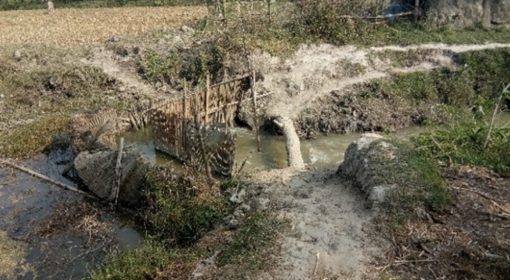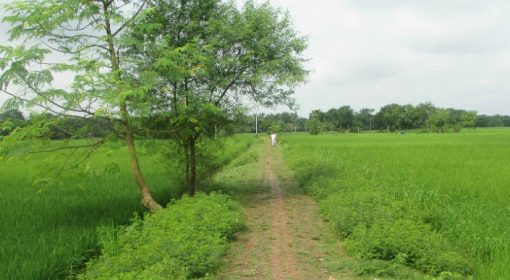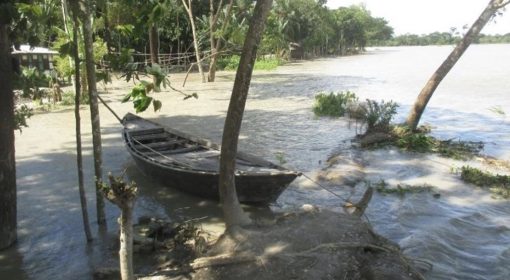Contributing authors: Prof. Mashfiqus Salehin (IWFM BUET), Prof. Anisul Haque (IWFM BUET), Associate Prof. Ahmed Ishtiaque Amin Chowdhury (IWFM BUET), Catharien Terwisscha van Scheltinga (Wageningen University & Research), dr. Frank van Steenbergen (MetaMeta), David Mornout (MetaMeta)
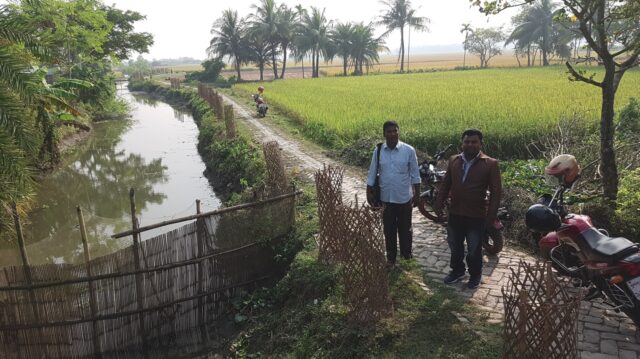
Figure 1 Road created with excavation material from drainage canal in coastal Bangladesh
Water is the key factor, shaping Bangladesh. It is at the heart of millions of livelihoods, in agriculture, fisheries and beyond. Nowhere is this more manifest than in the coastal zone, at the interface of low-lying land, intricate network of rivers, and the Indian Ocean. Here, over the last eighty years, polders have been developed to protect the land from flooding and saline water intrusion, by constructing embankments and dikes. A main concern has been the flood protection and their upkeep. This latter has been an enormous challenge, as the mainly earthen embankments stretch over many thousands of kilometres and the crest level degraded appreciably, sedimentation occurs and the resulting situation barely giving protection against high or spring tide levels. The embankments are moreover under threat from shifts in the river, undermining the fragile structures.
Asset management is yet not well organized. Though having started an inventory of assets, basic information such as embankment levels is not systematically collected by the Bangladesh Water Development Board (BWDB). When erosion occurs to the embankments, the response is delayed as approvals for emergency repair work need to pass many levels. Furthermore, maintenance is underfunded. The Bangladesh Delta Plan (BDP2100) acknowledges the neglect of O&M. It mentions that to make the BDP2100 a reality, the total maintenance of water infrastructure would need to be 0.5% of GDP, whereas the actual current amount does not even touch 0.1% of GDP. The allocations are more unpredictable making asset management erratic. Maintenance funding needs to increase at least five-fold and become regular. While the infrastructural cost of any new project is funded under the Annual Development Budget (ADB), the cost for O&M is allocated from the Revenue Budget (RB), which is very small and mismatches with the requirement by a wide margin.
Part of the O&M (operation and maintenance) burden has been shifted to local Water Management Organizations (WMOs). These have been created on a project basis with legal cover since the promulgation of the Participatory Water Management Rules of 2014. The WMOs have particularly taken over the operation of the sluice gates in the polders – letting in and letting out water for the polder as is the need. The WMOs also do routine checks and small repairs on the flood embankments. Though a step forward, a large gap remains in asset management, in particular the larger maintenance on embankments and the repairs of damaged sluice gates. At present if this is done it is often not part of routine operation but of rehabilitation and upgrading under new projects.
These WMOs have often been set up in the form of water management associations (WMAs) and water management groups (WMGs) – see also figure 2. Different groups and subgroups assume responsibilities over different part of the water system. Unlike administrative structures, like Unions, Upazilas and Districts, WMOs’ jurisdiction is based on polder boundaries, and thus hydrological units. In line with those boundaries, WMOs resort under the BWDB – which is part of the Ministry of Water Resources – and not to the local governments.
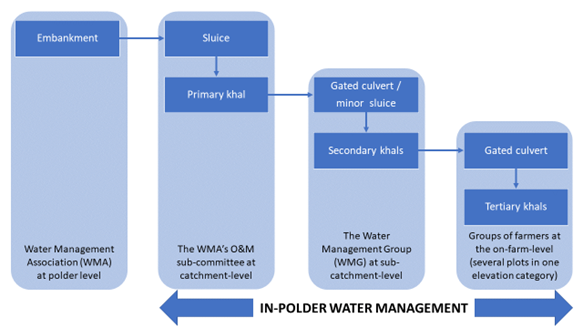
Figure 2 The responsibilities of different levels of local water management organizations (Blue Gold)
Beyond a modest role in asset management, the WMOs can also play a large role in in-polder water management. This is a terrain that has not been systematically stimulated but one that has an enormous potential. There is a multitude of water management challenges within the polder for water management organizations to deal with, that as yet go unaddressed. Encouraging such in-polder water management by WMOs would make a significant impact on water productivity and water security. What would in-polder water management by WMOs look like? Table 1 gives an illustration of the in-polder water management functions for WMOs in Bangladesh polders.
Table 1 Water management functions for WMOs in Bangladesh polders
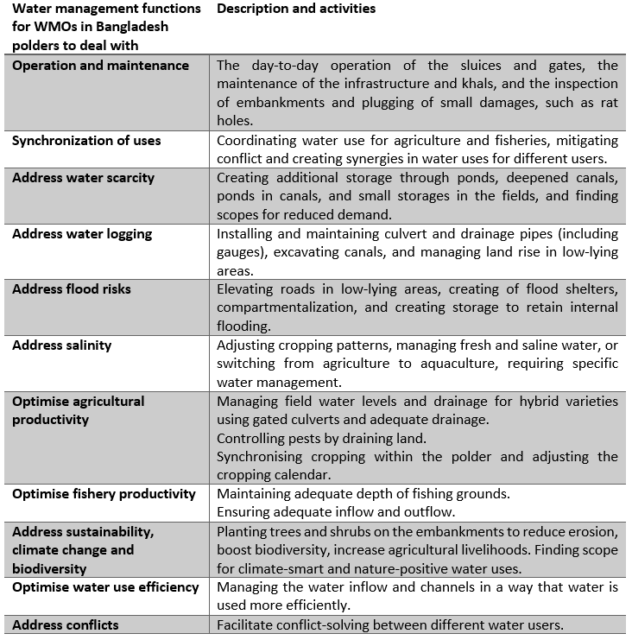
Towards the Polder of the Future
This may all be part of the Polder of the Future as currently being discussed. While the above illustrates the past and current picture regarding the lack of attention to O&M, it is important to look ahead. There is a need to co-create transition pathways towards polders of the future, which includes Bangladesh’ transition to a middle-income country – linked to also changes in climate, land use, diets, urbanisation etc. – and where O&M gets the attention it deserves. To reach there, BWDB is developing a vision for the polder of the future, specifically focussing on the water management in the polder as also linking this to water management at sub-basin and national scale. Some of the specific components of the Polder of the Future were jointly studied in the Joint Cooperation Project (https://jcpbd.nl/polders-of-future/). Such vision for a polder of the future would include adequately funded O&M, rapid emergency response, proper surveys, functional WMOs in reliable partnership with BWDB, life cycle investments such as durable (composite) gates and effective in-polder water management by WMOs at different levels.
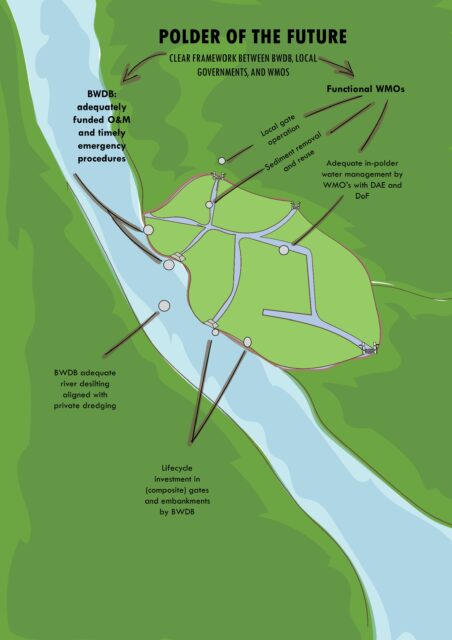
Figure 3 Quick scan of how the Polder of the Future could look like from a water management perspective
Supported by:


